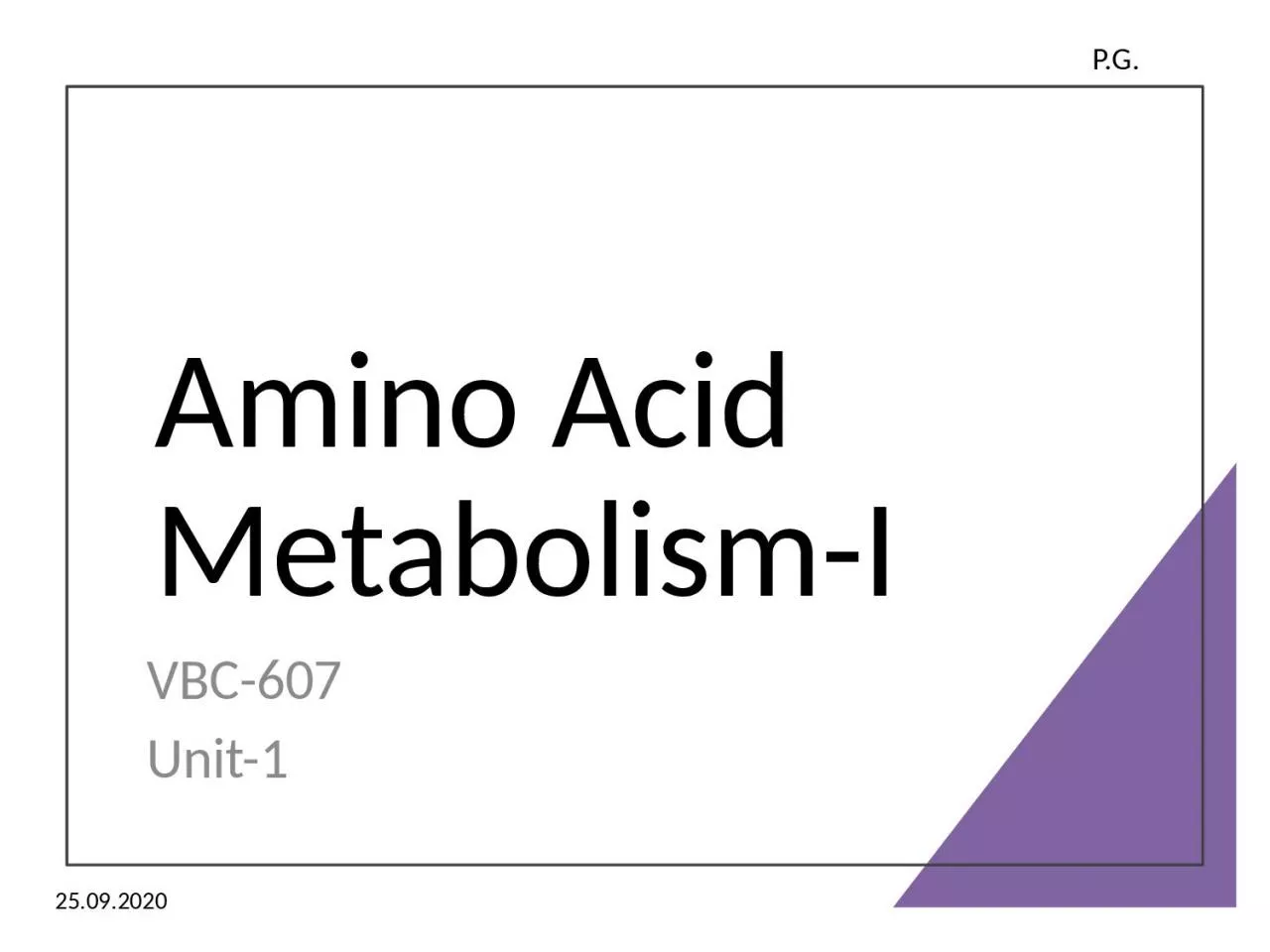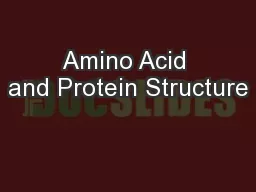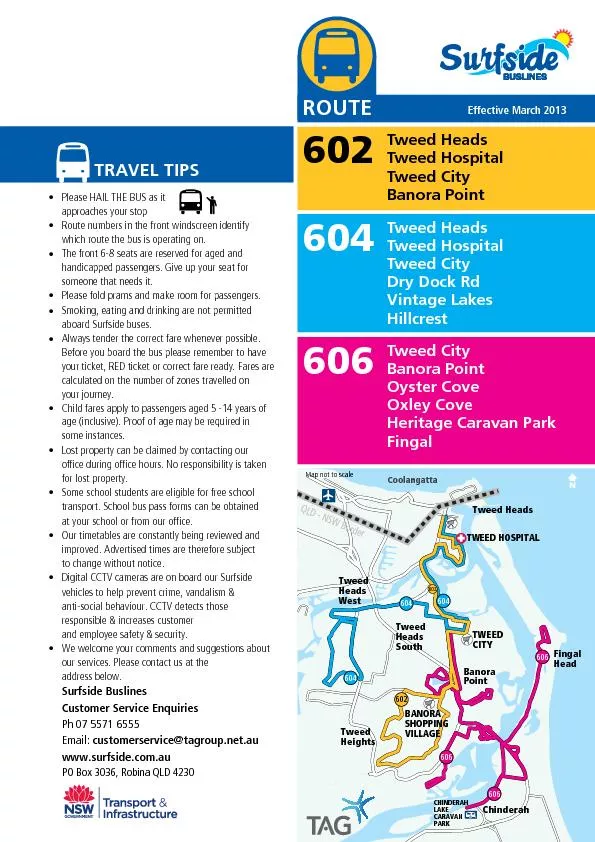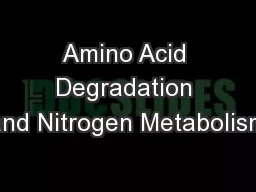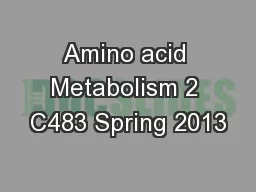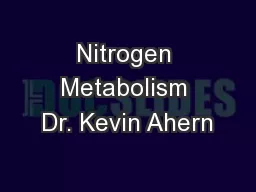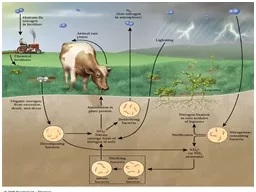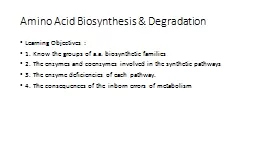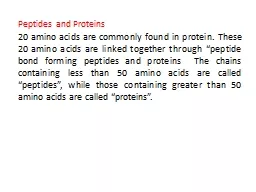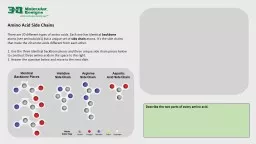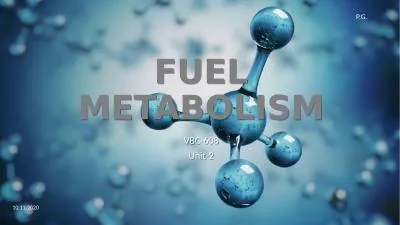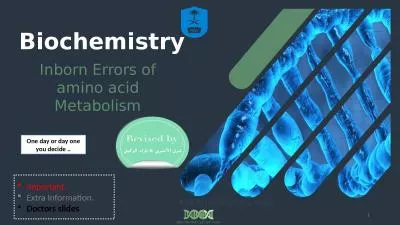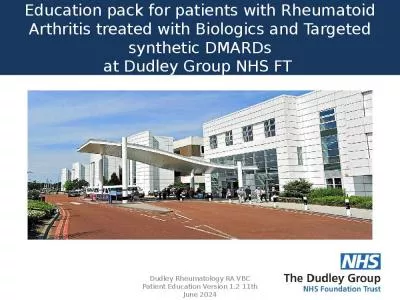PPT-Amino Acid Metabolism-I VBC-607
Author : TootsieWootsie | Published Date : 2022-08-03
Unit1 PG 25092020 Oxidative Deamination LAA oxidase and DAA oxidase act on LAA and DAA respectively and oxidatively removes NH 3 from AA Glutamate formed by transamination
Presentation Embed Code
Download Presentation
Download Presentation The PPT/PDF document "Amino Acid Metabolism-I VBC-607" is the property of its rightful owner. Permission is granted to download and print the materials on this website for personal, non-commercial use only, and to display it on your personal computer provided you do not modify the materials and that you retain all copyright notices contained in the materials. By downloading content from our website, you accept the terms of this agreement.
Amino Acid Metabolism-I VBC-607: Transcript
Download Rules Of Document
"Amino Acid Metabolism-I VBC-607"The content belongs to its owner. You may download and print it for personal use, without modification, and keep all copyright notices. By downloading, you agree to these terms.
Related Documents

